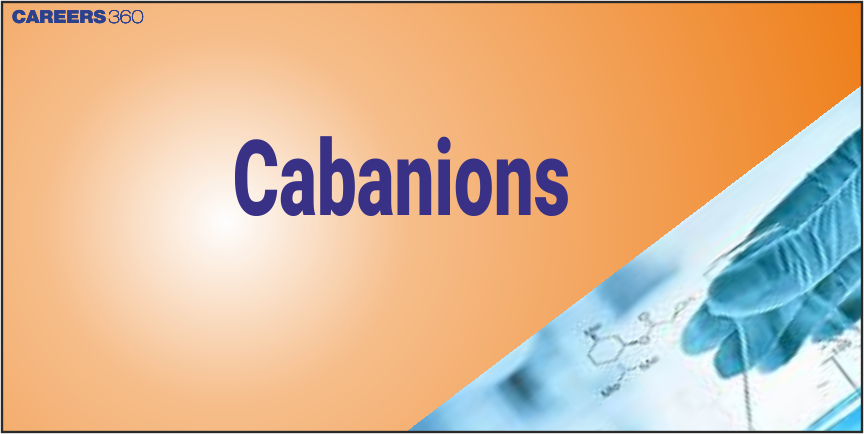Carbanions
In organic chemistry, a carbanion is an anion (negatively charged ion) derived from a carbon atom. Carbanions are usually unstable, and they are often difficult to study because they tend to react with other molecules quickly. A carbanion is an ion with a negatively charged carbon atom. The most stable carbanions have six electrons in the valence shell of the carbon atom. Carbanions are important in organic chemistry because they can act as nucleophiles, which means they can donate electrons to other molecules. Carbanions are also important in biochemistry because they can be used to transfer electrons between molecules.
JEE Main 2025: Chemistry Formula | Study Materials | High Scoring Topics | Preparation Guide
JEE Main 2025: Syllabus | Sample Papers | Mock Tests | PYQs | Study Plan 100 Days
NEET 2025: Syllabus | High Scoring Topics | PYQs | Crack NEET in 2 months - Study Plan
- Carbanions
- Solved Examples Based On Carboanions
- Conclusion

In this article, we will cover the topic (carbocation). This topic falls under the broader category of (Some Basic Principles of Organic Chemistry), which is a crucial chapter in (Class 11 Chemistry). It is not only essential for board exams but also for competitive exams like the Joint Entrance Examination (JEE Main), National Eligibility Entrance Test (NEET), and other entrance exams such as SRMJEE, BITSAT, WBJEE, BCECE, and more.
Carbanions
The carbon species carrying a negative charge on carbon atoms is called carbanion. Carbon in carbanion is generally sp3 hybridised and its structure is a distorted tetrahedron as shown in the figure given below. Carbanions are also unstable and reactive species.

The stability order of carbanions:-
1. The stability of carbanions is influenced by resonance, inductive effect and s-character of orbitals. The group having +I effect decreases the stability while groups having -I effect increase the stability of carbanions.
2. The groups like -NO2,−CN,−COOC2H5, halogens and C6H5(electron attracting) increase the stability of carbanions.

Recommended topic video on(Cabanions)
Solved Examples Based On Carboanions
Q.1 The shape of methyl anion (CH3−)is :
(1) bent
(2) trigonal planar
(3) tetrahedral
(4) trigonal pyramidal
Solution:
As we learned -
The carbon species carrying a negative charge on carbon atoms is called carbanion. Carbon in carbanion is generally sp3 hybridised and its structure is distorted tetrahedron Carbanions are also unstable and reactive species.
CH3− is sp3 hybridised having tetrahedral electronic geometry and trigonal pyramidal shape.
Hence, the answer is the option (4).
Q.2 Which one of the following Grignard reagents is least stable or most reactive?
(1) CH3MgBr
(2) CH3−CH2MgBr
(3)
(4) 

Solution:
As we learned -
Stability order of carbanion:-
3∘<2∘<1∘<CH3

is the most reactive among the given options because it is a very unstable tertiary carbanion.
Therefore, option (4) is correct
Conclusion
Carbanions are important in many different areas of chemistry, including organic synthesis and catalysis. Carbanions can be used to make new bonds or to break existing bonds. Carbanions are also used as catalysts in many different reactions. Carbanions are relatively unstable, but they can be stabilized by hybridization or by using special stabilizing groups. Carbanions are an important part of organic chemistry and play a vital role in many different reactions.
Also Read
11 Mar'25 05:47 PM
19 Feb'25 12:54 PM
18 Feb'25 11:58 PM
18 Feb'25 07:00 PM
18 Feb'25 06:11 PM
18 Feb'25 12:56 PM
18 Feb'25 12:33 PM
19 Oct'24 02:45 PM
19 Oct'24 12:48 PM
19 Oct'24 12:46 PM